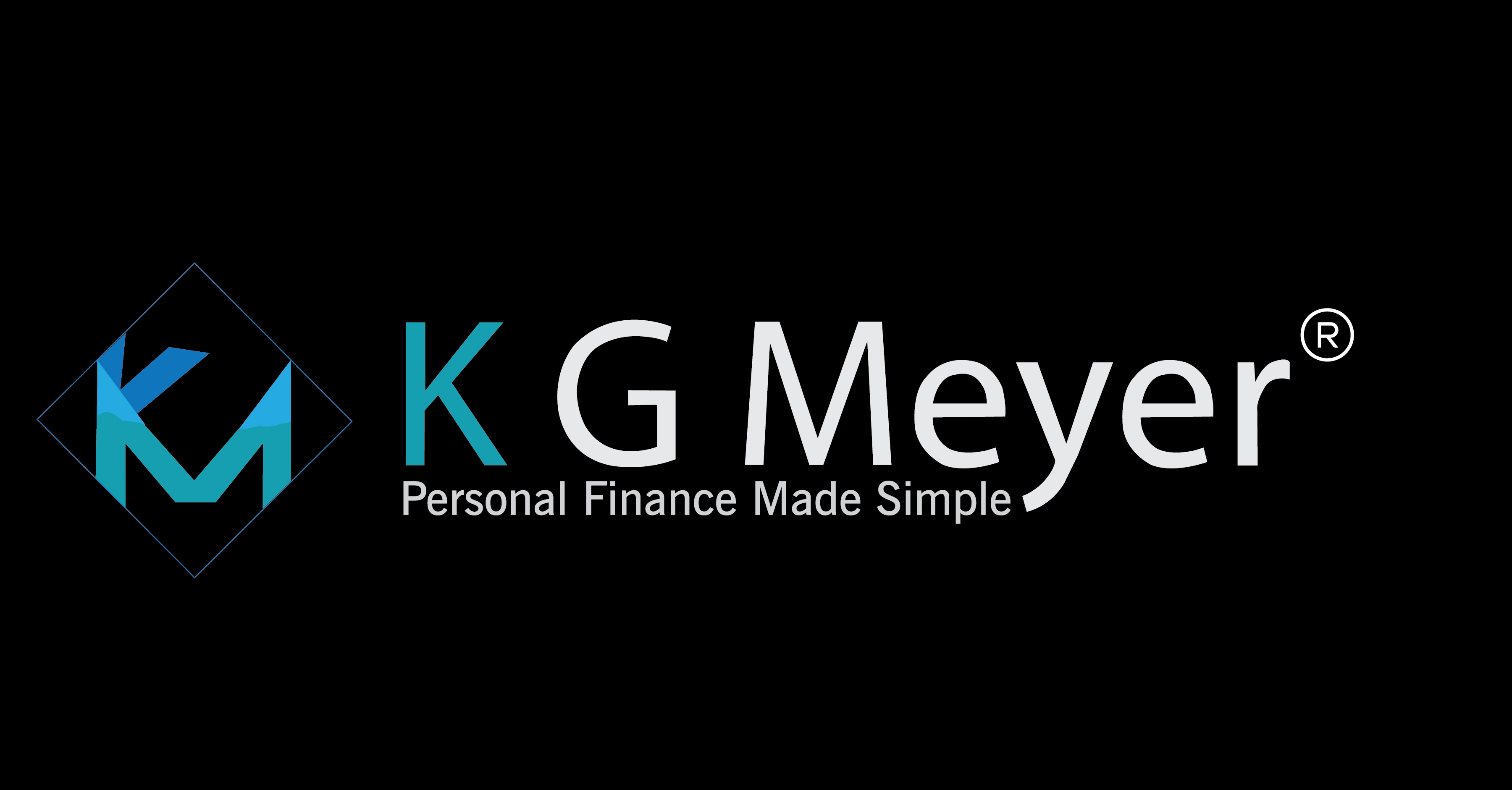
Are you in need of money and you have depleted your emergency fund? Well, there are certain ways to tap into your retirement accounts if the conditions are right. Under normal circumstances, people who are under the age of 59 ½ and you make withdrawals of retirement accounts you are subject to a 10% penalty imposed by the IRS and whatever taxes are owed. But the IRS does allow for withdrawals under special circumstances, but that does not mean that they are tax-free, just the 10% penalty would be waived.
Now there are many types of special retirement accounts, and we will look at workplace 401(k) type accounts and Individual Retirement Accounts. Now the rules are established by the IRS so all IRA’s are covered under those and will abide by them. Workplace retirement accounts also follow the IRS rules but also may limit what kinds of circumstances they will allow withdrawals from the accounts held by them. The following are some of the circumstances in which you may make a penalty-free withdrawal from a retirement account.
The first reason for a withdrawal is unreimbursed medical expenses. The government does allow you to withdraw funds from a qualified retirement plan to pay for unreimbursed deductible medical expenses that are more than 10% of your adjusted gross income. Now, these reimbursement withdrawals must be made in the year that the medical bills occurred, and you do not have to itemize your tax deductions in order to avoid the 10% penalty.
The second reason from the IRS is to become totally and permanently disabled. The best proof that this is the case for you, it is advised you prove the disability to the IRS by collecting payments from an insurance company or Social Security payments.
The third reason for penalty-free withdrawals is for the payment of health insurance premiums. These withdrawals are limited to IRA’s, and you must be unemployed for a period of at least 12 weeks in order to make these withdrawals. Here it is important to leave a very clear paper trail for the IRS, and it is recommended that you use a special bank account to accept the withdrawal and pay the premiums.If possible, it is best to have the premiums paid directly to the insurance company.
The fourth reason is also limited to an IRA, and that is the death of the owner of that IRA. Here the beneficiaries can take withdrawals from the account without paying the penalty. But the IRS will impose restrictions on a spouse who inherits the IRA and elects to treat it as their own. In that case, they may be subject to the penalty until they reach age 59 ½.
The fifth reason is for the IRA as well. And that is if you owe the IRA taxes you may tap into the account in order to pay the taxes you owe the IRS, but this type of withdrawal is instigated by the IRS and not the owner of the IRA.
The sixth reason you may tap a retirement account is if you are first time home buyer. Here you are allowed to take funds from the account to use as a downpayment on your residence but expect a penalty if you take them from a workplace account but penalty-free if from an IRA. And this withdrawal from an IRA is not limited to first time home buyers but anyone who has not owned a home for two years and there is a $10,000 limit on the withdrawals.
The seventh reason you may make withdrawals subject to a penalty is higher education if you withdrawal the funds from a workplace retirement account. But an IRA allows for penalty-free withdrawals for qualified higher education expenses. The withdrawal can be used for yourself, a spouse, children, grandchildren and immediate family members. It covers books, tuition, supplies, and room and board for higher education.
Finally, the last reason is for income purposes under section 72(t) of the tax code that allows investors to remove money out of their retirement plan, but there are restrictions. Under this section, you must make substantial periodic payments for at least five years. One option is to take the annual distributions for five years or until age 59 ½, whichever is longer. An example of this scenario is when you retire early and want to tap into your account before social security starts. Now if you have a workplace account at the company you retired from at age 55, or later you are not subject to the penalty on withdrawals from that account.
These are some of the ways in which you can access retirement accounts without having to pay the 10% penalty. But before you make any such withdrawal consult a financial planner or a tax professional to ensure you meet all the requirements so you will not be surprised by the 10% penalty.
If you need any additional information or have any questions, please feel free to contact me or leave a comment here.



